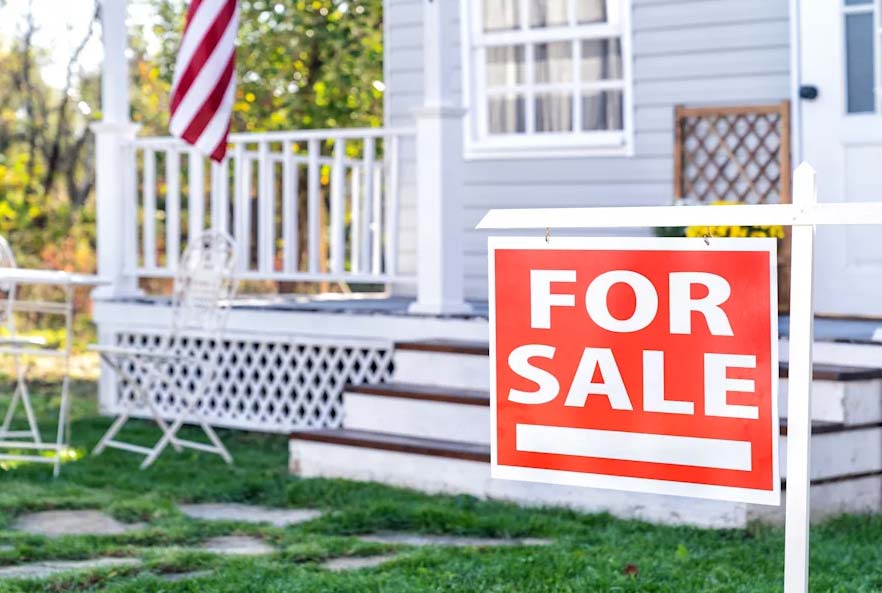
Image: Getty Images
Housing values increased at the third-fastest rate in February, according to the latest data, even as mortgage rates turned higher.
Home prices jumped 19.8% in February from the year before, up from a 19.1% annual increase in January, according to the S&P CoreLogic Case-Shiller national home price index. That marked the third highest pace in 35 years. The index reading for the largest 20 cities posted a 20.2% annual gain, up from 18.9% a month earlier.
While rising mortgage rates did deter the unyielding growth in prices in February, when rates increased by more than a quarter-point, they may cool demand now that rates are more than a percentage point higher.
“U.S. home prices continued to advance at a very rapid pace in February,” Craig J. Lazzara, managing director at S&P DJI, said in a statement. “That level of price growth suggests broad strength in the housing market, which is exactly what we continue to observe.”
All 20 cities recorded double-digit price increases in February, according to the report, with price growth in each accelerating versus January’s report.
Phoenix led the 20-city index for the 33rd consecutive month in home price growth, with Tampa and Miami following. Phoenix posted an annual gain of 32.9%, while Tampa and Miami registered a 32.6% and 29.7% annual increase, respectively.
“February’s price increase ranked in the top quartile of historical experience for every city, and in the top decile for 18 of them,” Lazzara said.
Expectations that mortgage rates would move higher as the Federal Reserve combats inflation may have fueled buyers into action.
“Home price growth continued to gain speed in early spring as eager buyers tried to get in front of the mortgage rate surge,” Selma Hepp, deputy chief economist at CoreLogic, said in a statement. “Concern about rates contributed to much of the spring home buying demand, which was not, however, met with a comparable increase in new home inventory.”
A lack of homes for sale is a big reason for high home prices.
Total housing inventory at the end of March totaled 950,000 units, up 11.8% from February and down 9.5% from one year ago (1.05 million). Unsold inventory sits at a 2.0-month supply at the present sales pace, up from 1.7 months in February and down from 2.1 months in March 2021.
But economists expect rising interest rates to slow down home price growth in the coming months. Rates on the 30-year fixed mortgage (the most common home loan for buyers) jumped past the 5% threshold last week — the highest level since April 2010.
“As we move through the spring housing market, we are seeing clear signs of cooling demand,” George Ratiu, senior economist and manager of economic research at Realtor.com, said in a statement. “Many buyers are deciding to take a step back and re-evaluate their budgets and timelines. The silver lining to the moderation in transactions is that markets seem to be stepping back from the overheated environment of the past year.”
New home sales plummeted 8.6% to a seasonally adjusted annual rate of 763,000 units last month, the Commerce Department said on Tuesday.
And last week, the National Association of Realtors (NAR) reported that sales of previously owned homes fell 2.7% to a seasonally adjusted 5.77 million units in March from a month earlier. The NAR also revised February existing home sales downward to 5.93 million from 6.02 million.
At the same time, 40-year high inflation is expected to put pressure on consumers’ wallets and overall sentiment.
“The macroeconomic environment is evolving rapidly and may not support extraordinary home price growth for much longer,” Lazzara said. “The post-COVID resumption of general economic activity has stoked inflation, and the Federal Reserve has begun to increase interest rates in response. We may soon begin to see the impact of increasing mortgage rates on home prices.”
Source: Yahoo Finance

